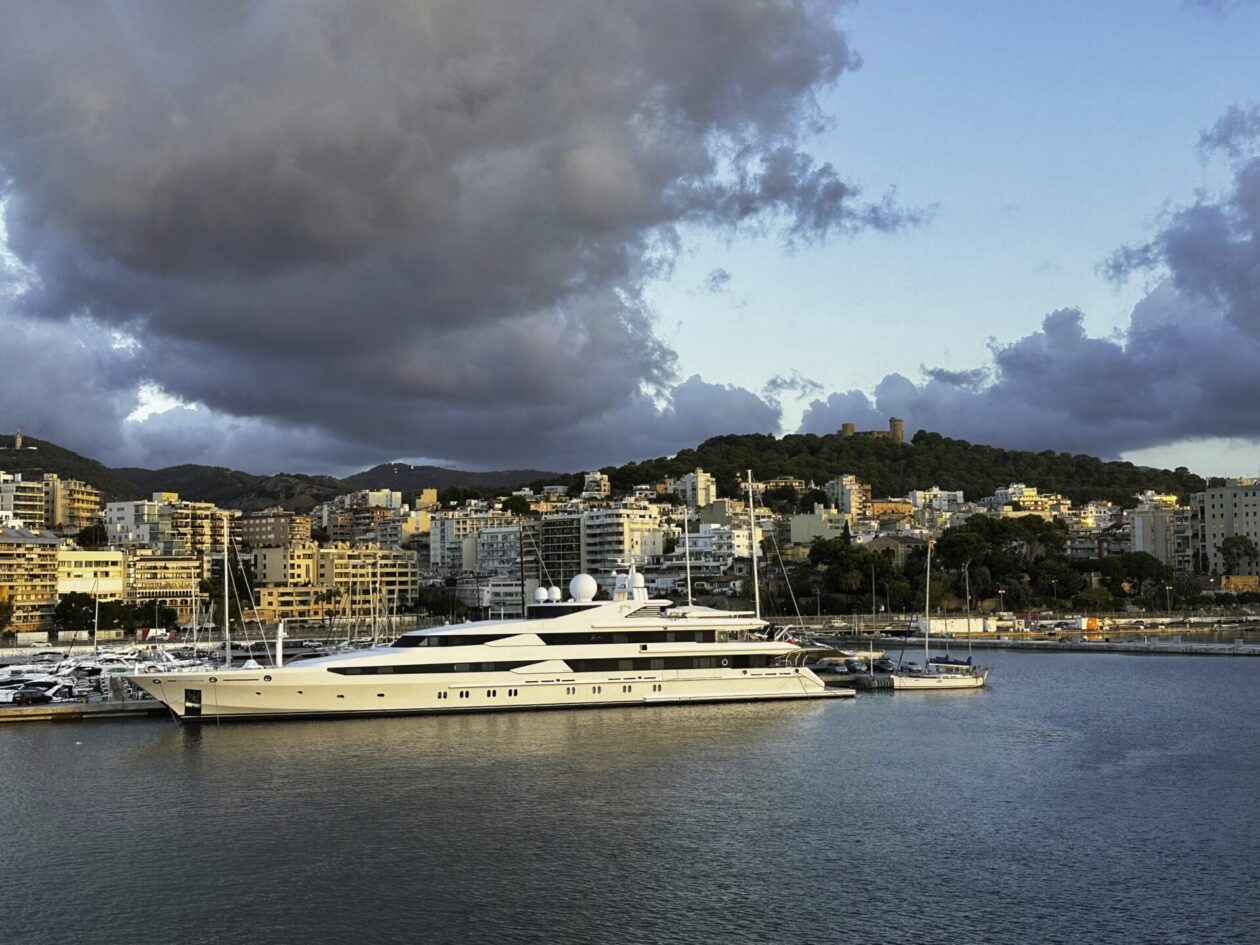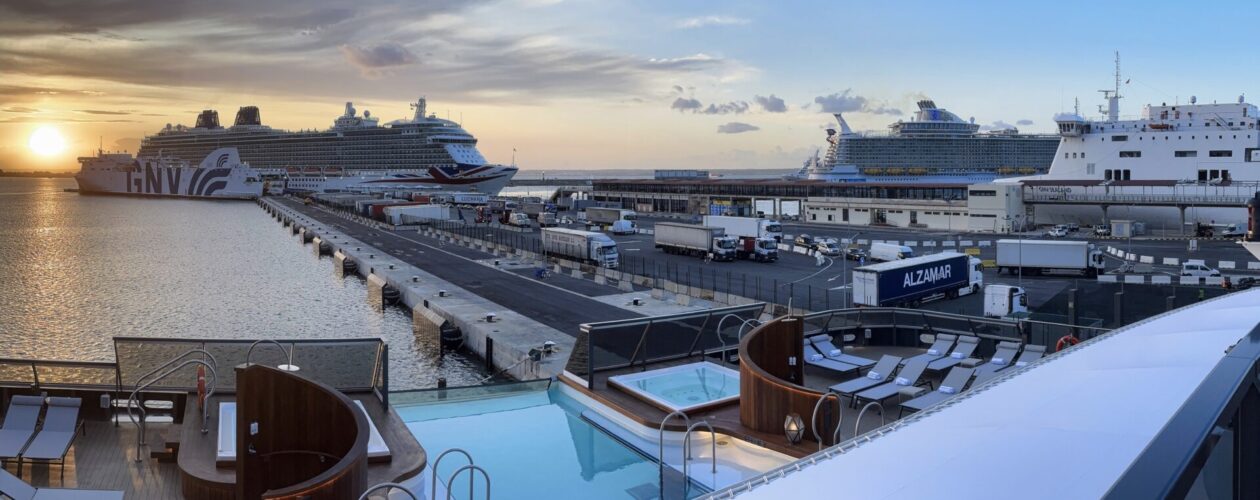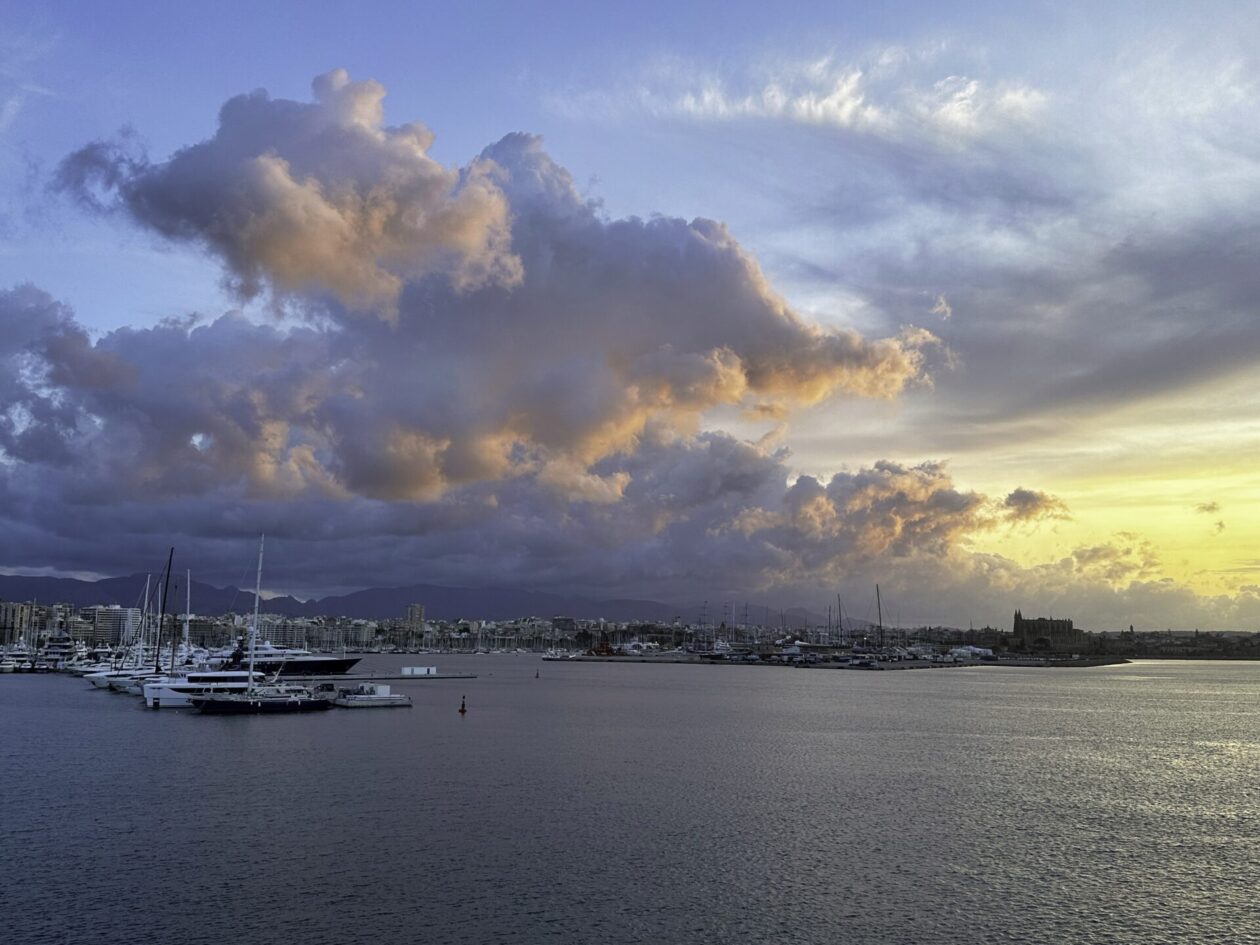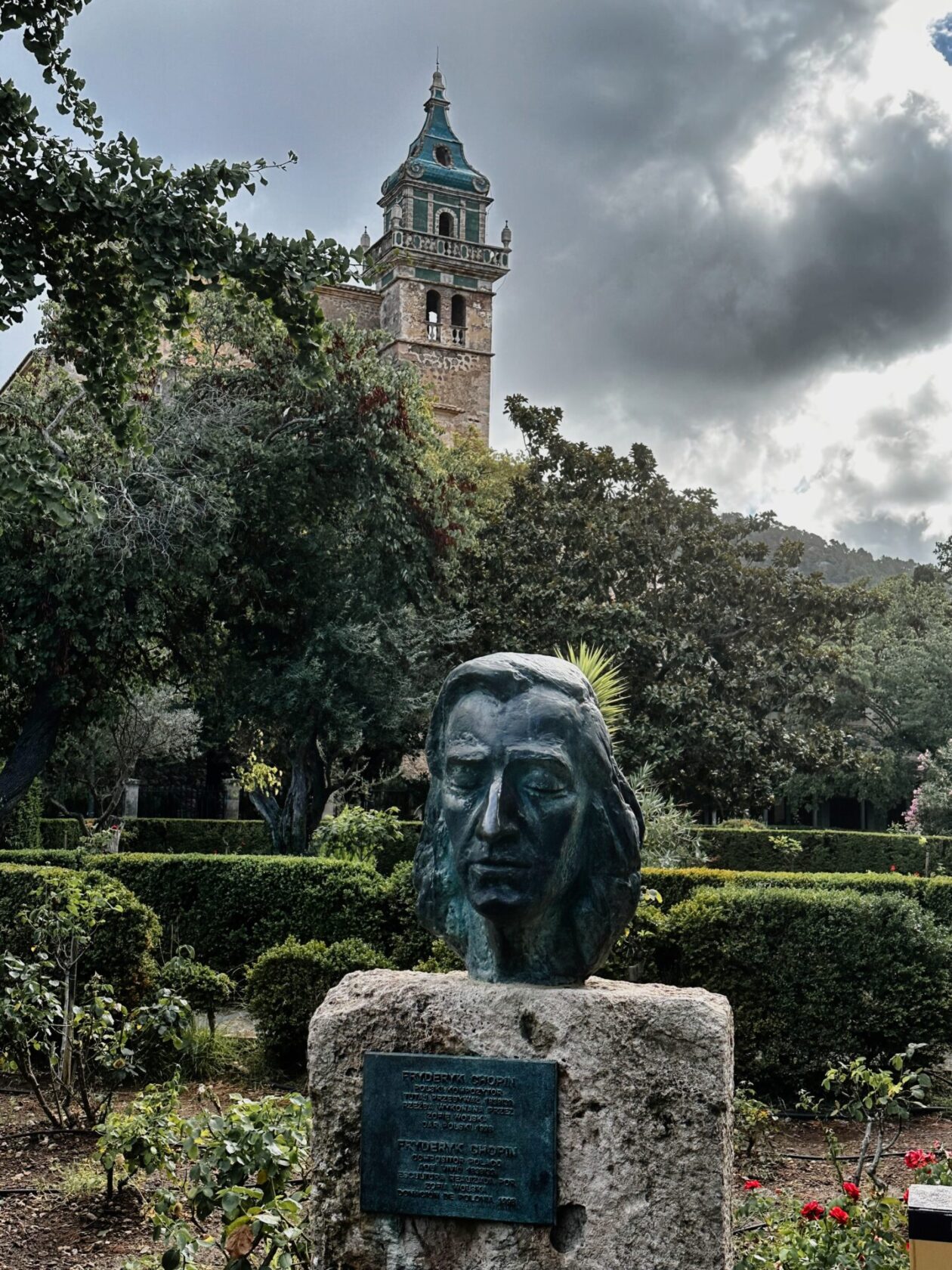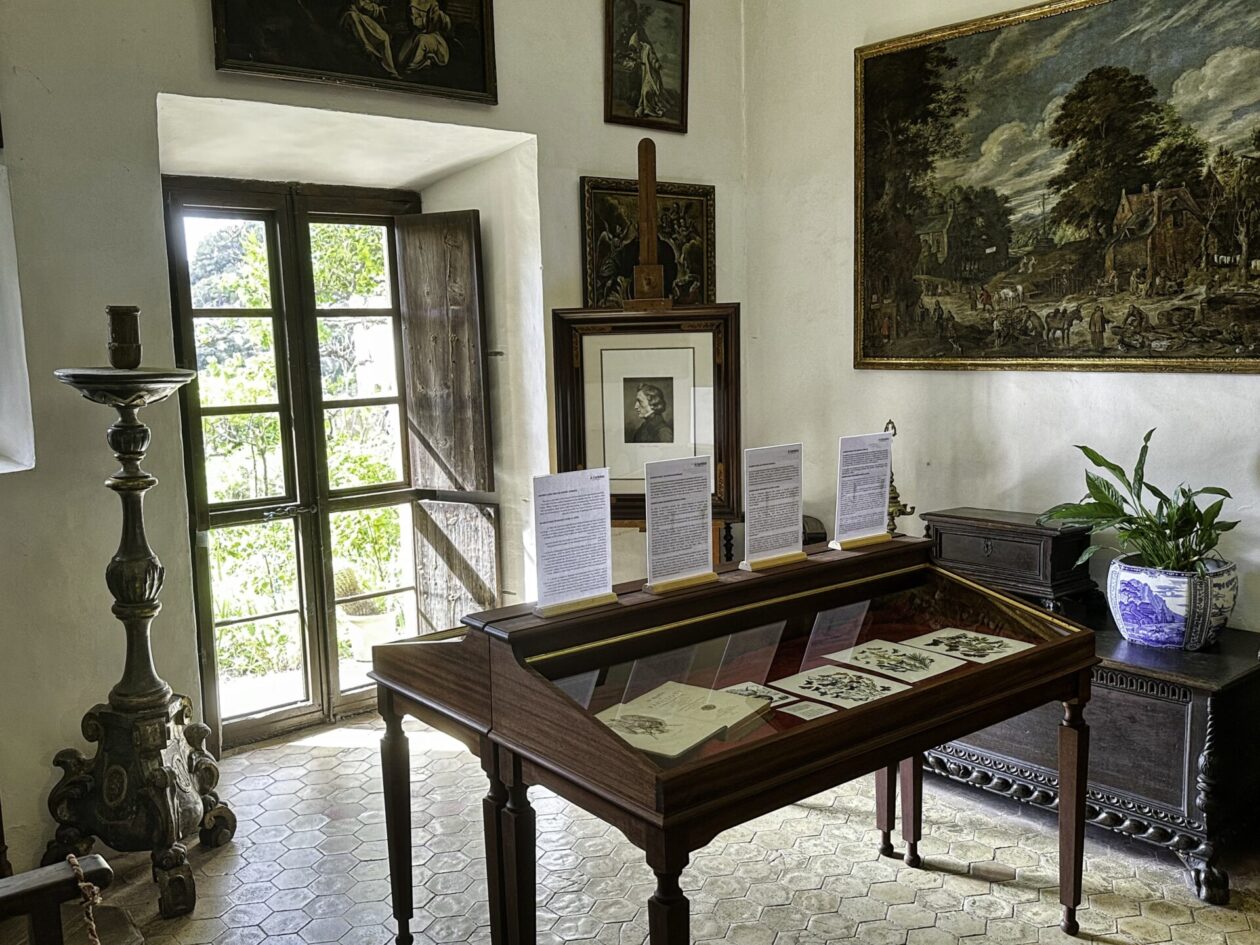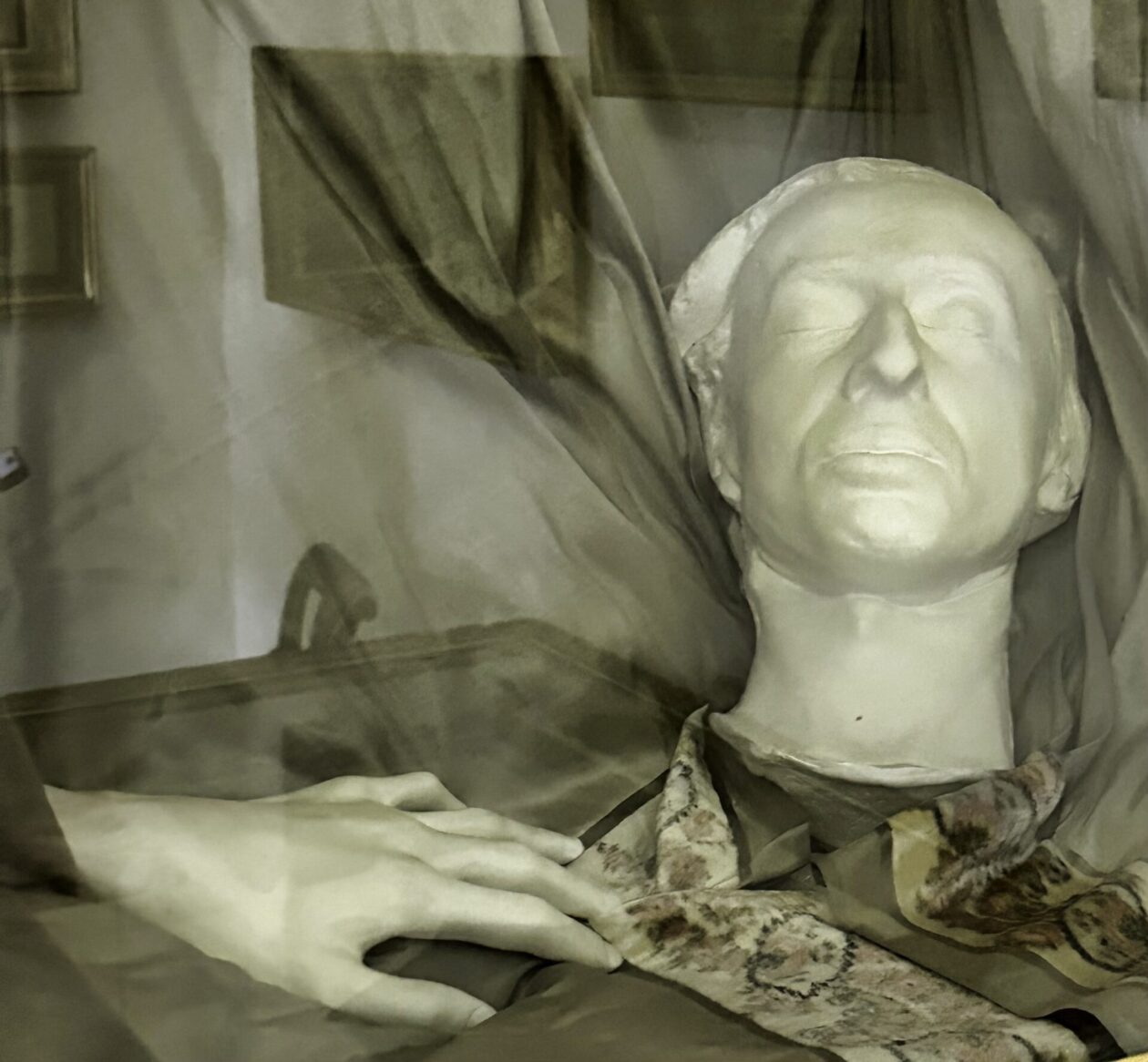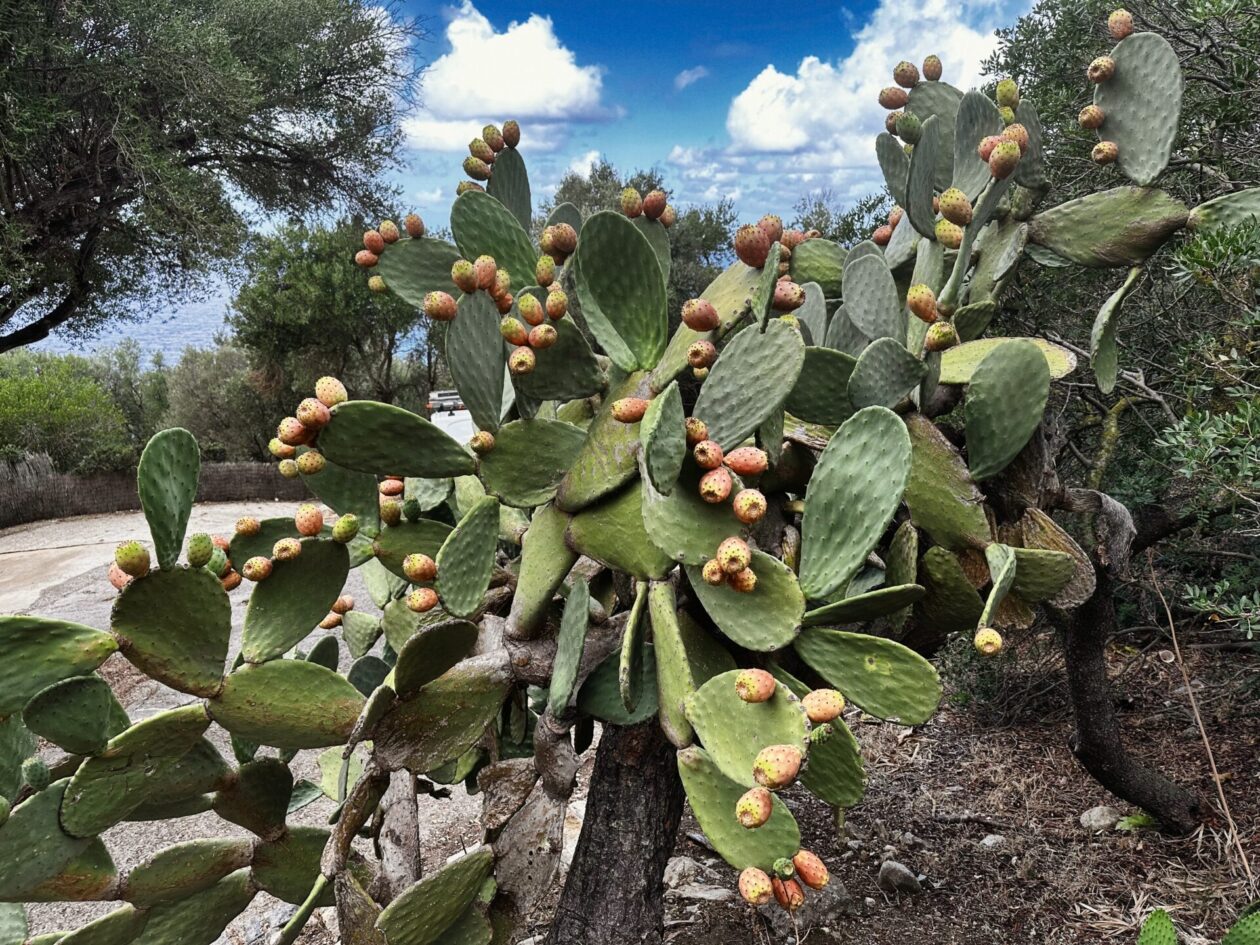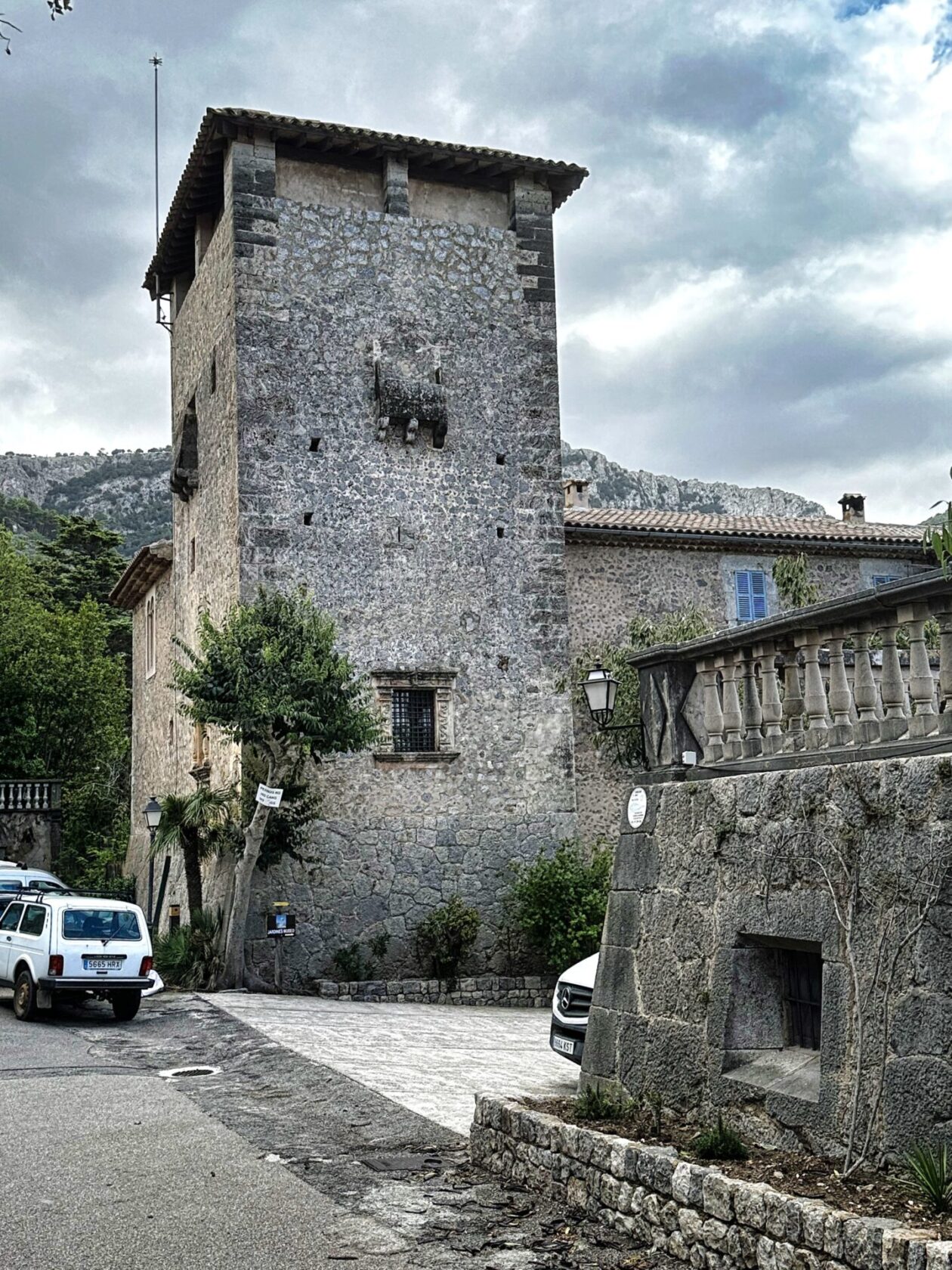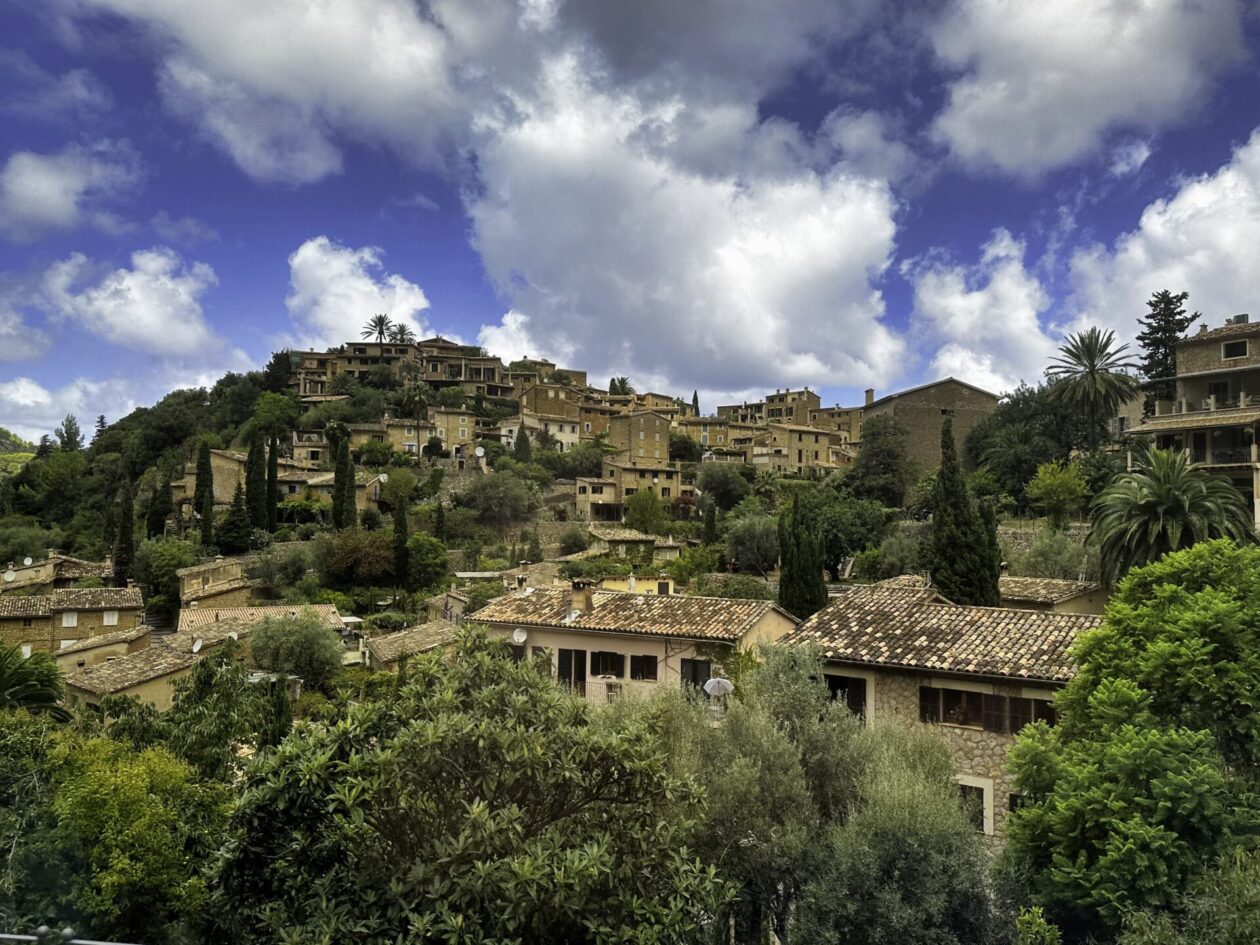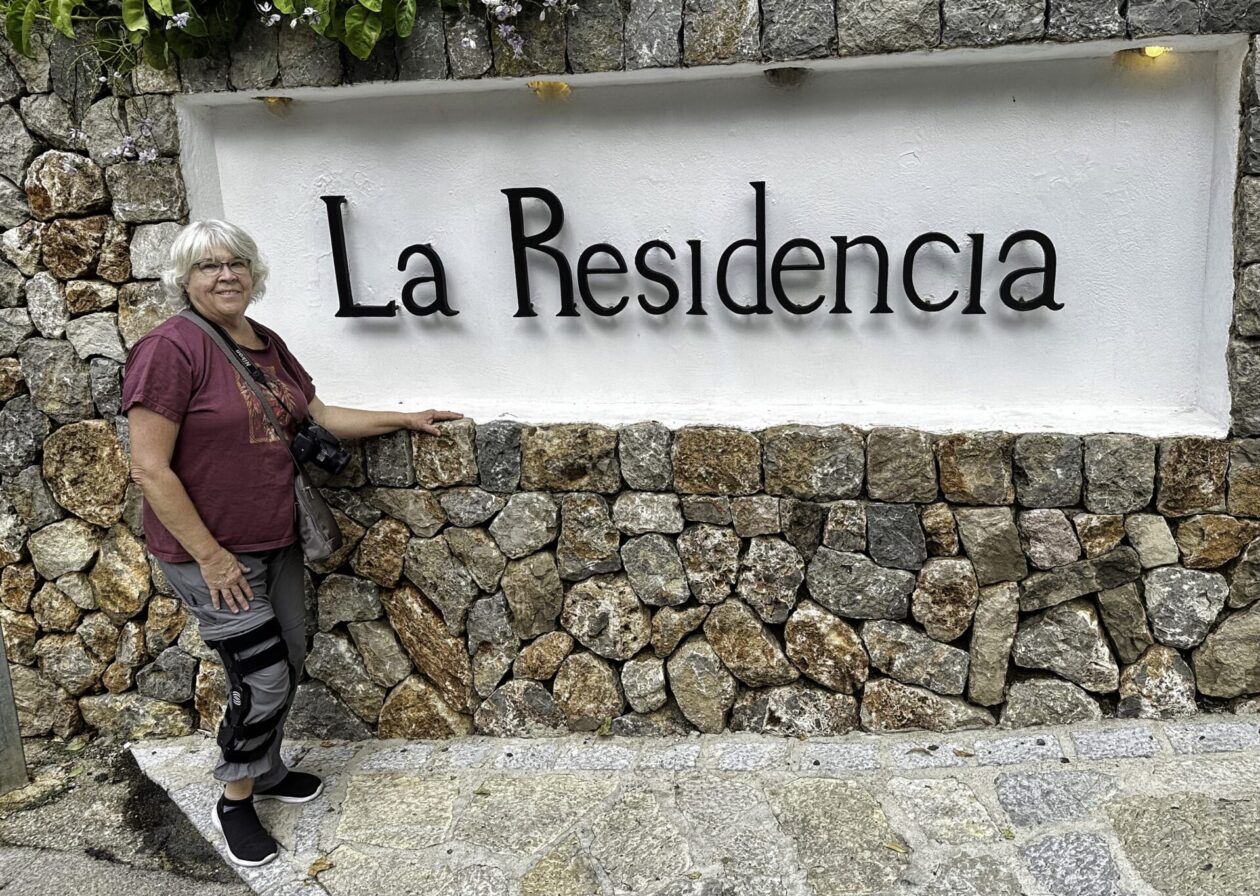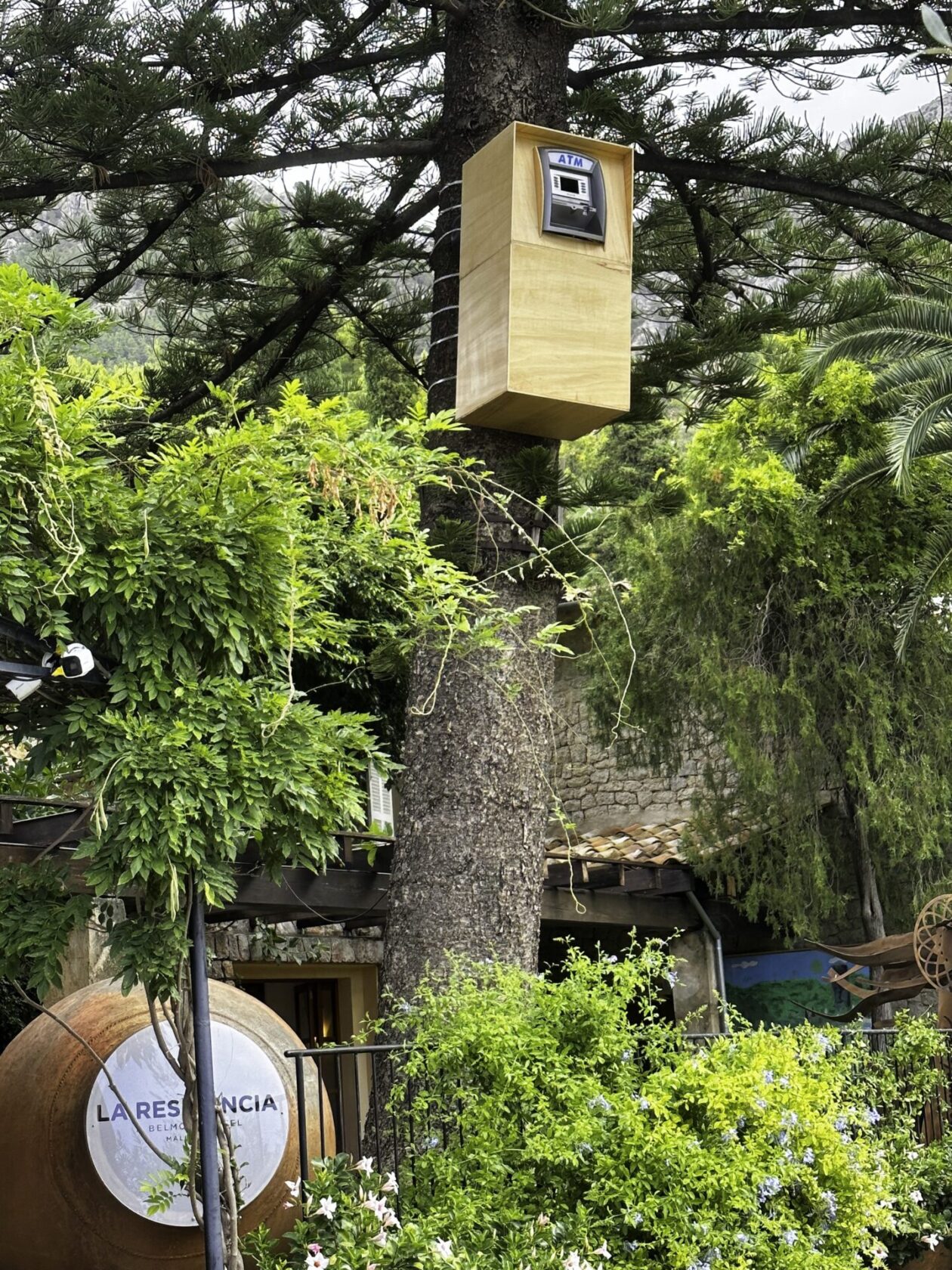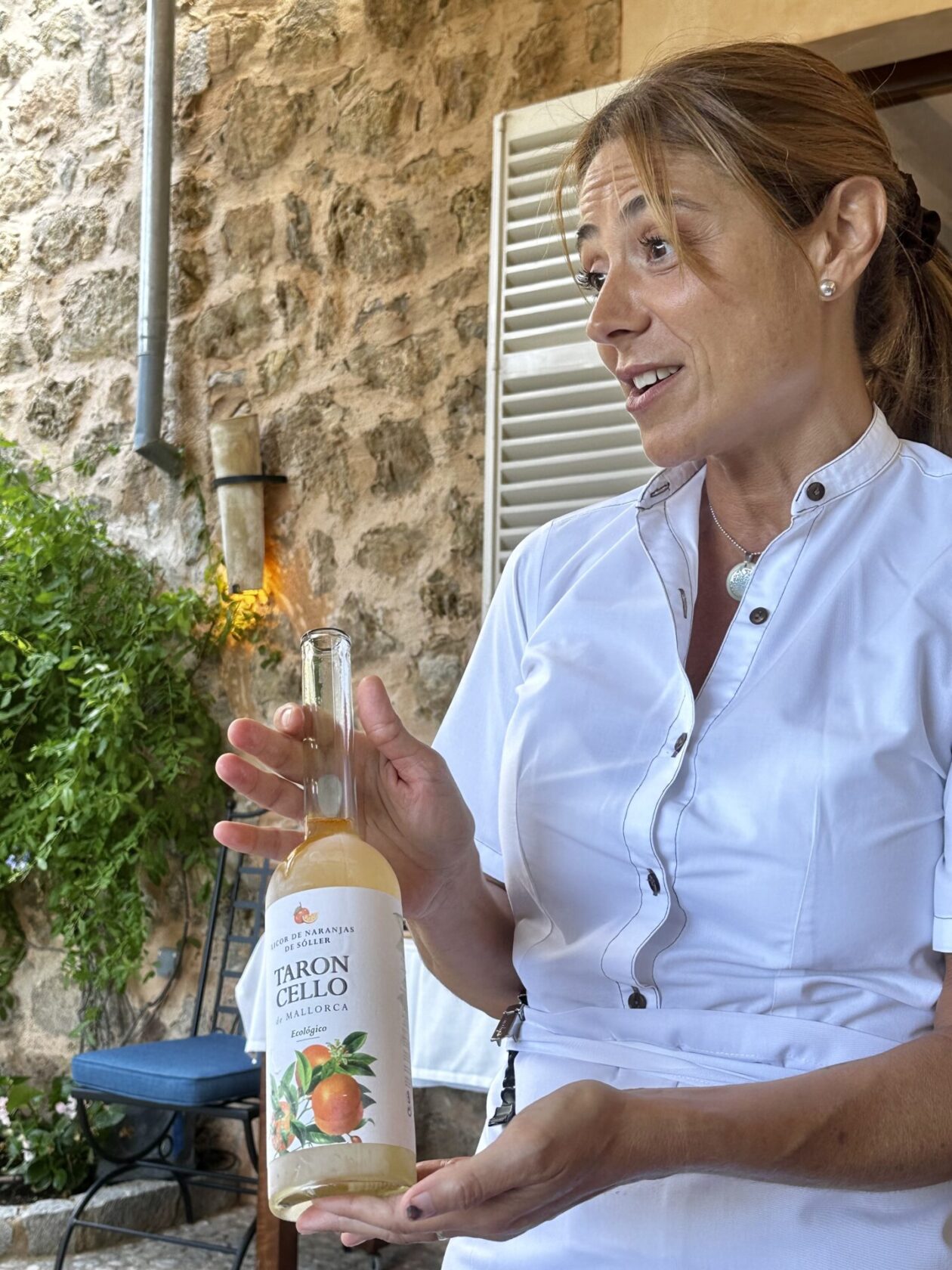- The start of our Pan European Sojourn
- And we’re off — first stop Palma de Mallorca!
- Alicante, Spain
- Sète and Aigues Mortes, France
- St. Tropez and Gassin, France
- Portofino and Camogli, Italy
- Paris and Angers, France
- Bucharest, Romania
- Into the Carpathian Mountains — Peles Castle
- Brasov and Sighisoara, Romania
- Bran Castle and the legend of Dracula!
- Vidin, Bulgaria
- Valiko Tarnavo and Arbanasi, Bulgaria
- Rolling down the (Danube) river and Golubac Fortress, Serbia
- Belgrade, Serbia
- Novi Sad, Serbia and Vukovar, Croatia
- Pécs, Hungary
- Budapest, Vienna, and end of trip
When we left Barcelona, the rainstorm of the previous day got a boost with massive winds. Luckily, it subsided during the night, and today we visited Palma de Mallorca, one of the Balearic islands within the archipelago of eastern Spain. We learned, however, that the winds had been so strong in Palma that one of the big cruise ships had broken free from its moorings and drifted across the harbor. Yikes! Actually, the storm did have one benefit — it brought the temperature down about 20 degrees and lowered the humidity a lot!
Mallorca is around 60 miles in length, but is quite narrow, with the Serra de Trumuntana mountain range extending down from the northwestern coast of the island. The island has a population of less than a million people and yet they get over 10 million visitors per year, including many of the glitterati (Michael Douglas was in town while we were there…)! Despite being quite dry, the island is very lush, especially as you get into the mountains. Anyway, we decided to skip the city of Palma in favor of visiting the mountains and rocky northern coastline. Our first stop was the UNESCO Heritage Site of Valldemossa, a rural village in the mountains. This area goes back to the period of Roman conquest, along with all the rest of the band of hooligans that followed. It turns out that Mallorca sits at a strategic crossroads for trade between Europe and Northern Africa — hence the were pillaged and conquered for much of their history. The Moors probably had the most lasting influence in the area, terracing the mountainside with over 4000 km of dry stack stone walls to enable agriculture. After the Arabs were defeated, the area was taken over by the Catholics and the beautiful palace of La Cartuja was built. This served as a Carthusian monastery and later a royal residence. After Spain tried to decrease the power of the Catholic Church in Spain, they “asked” the resident monks to leave and it became available for private use. One of the most famous temporary residents was Frederic Chopin who, along with his girlfriend George Sand (a nom de plume used by her as it was hard for a woman to get anything published. Anyway, they were quite a notorious couple within the village during their 3-month stay. Despite the fact that Chopin was severely ill (probably tuberculosis), some of his most famous works were created there. After touring the church and the palace, we wandered around the village which has become a tourist destination. We also attended a short piano concert of Chopin’s works by a local musician.
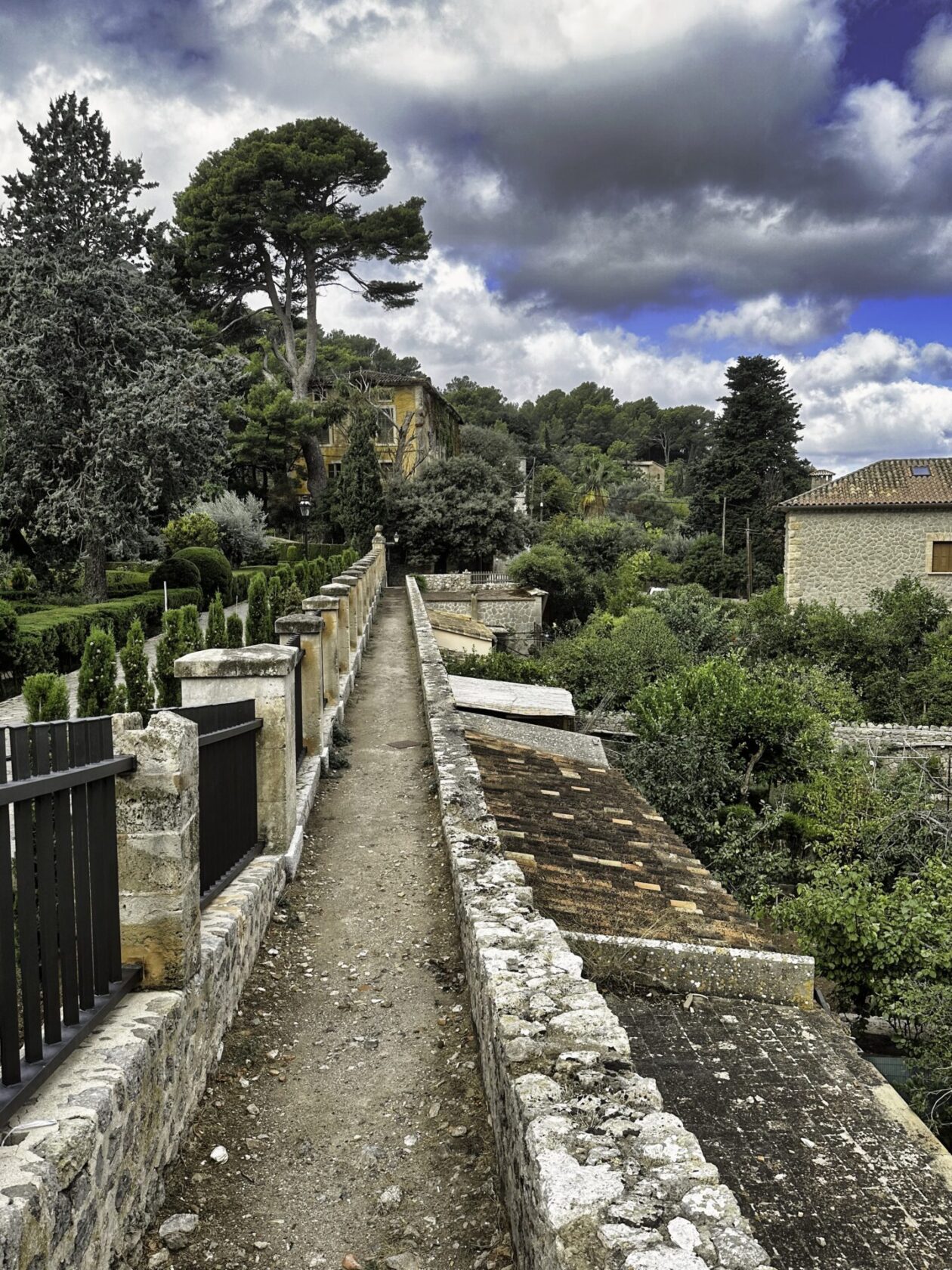
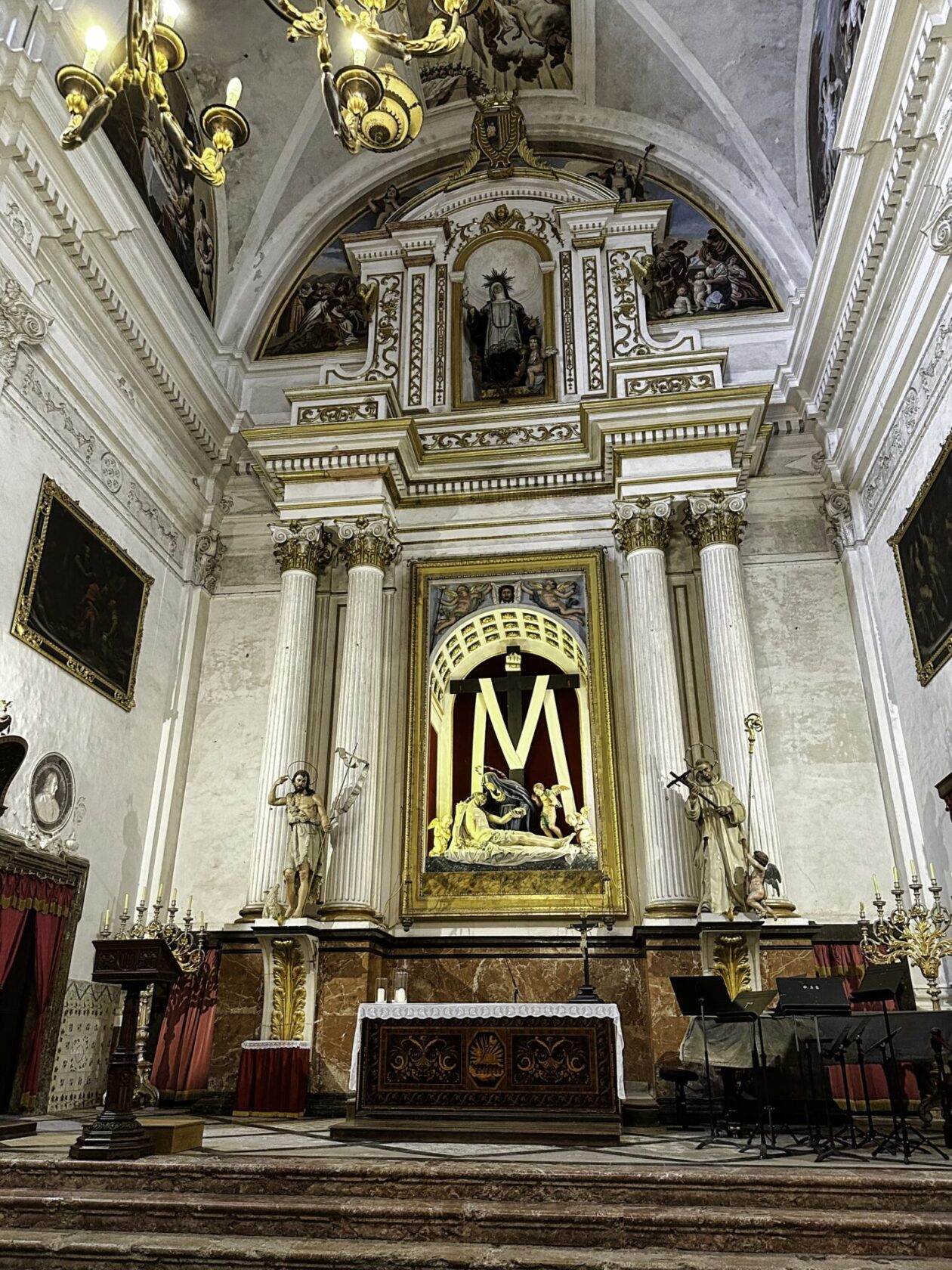
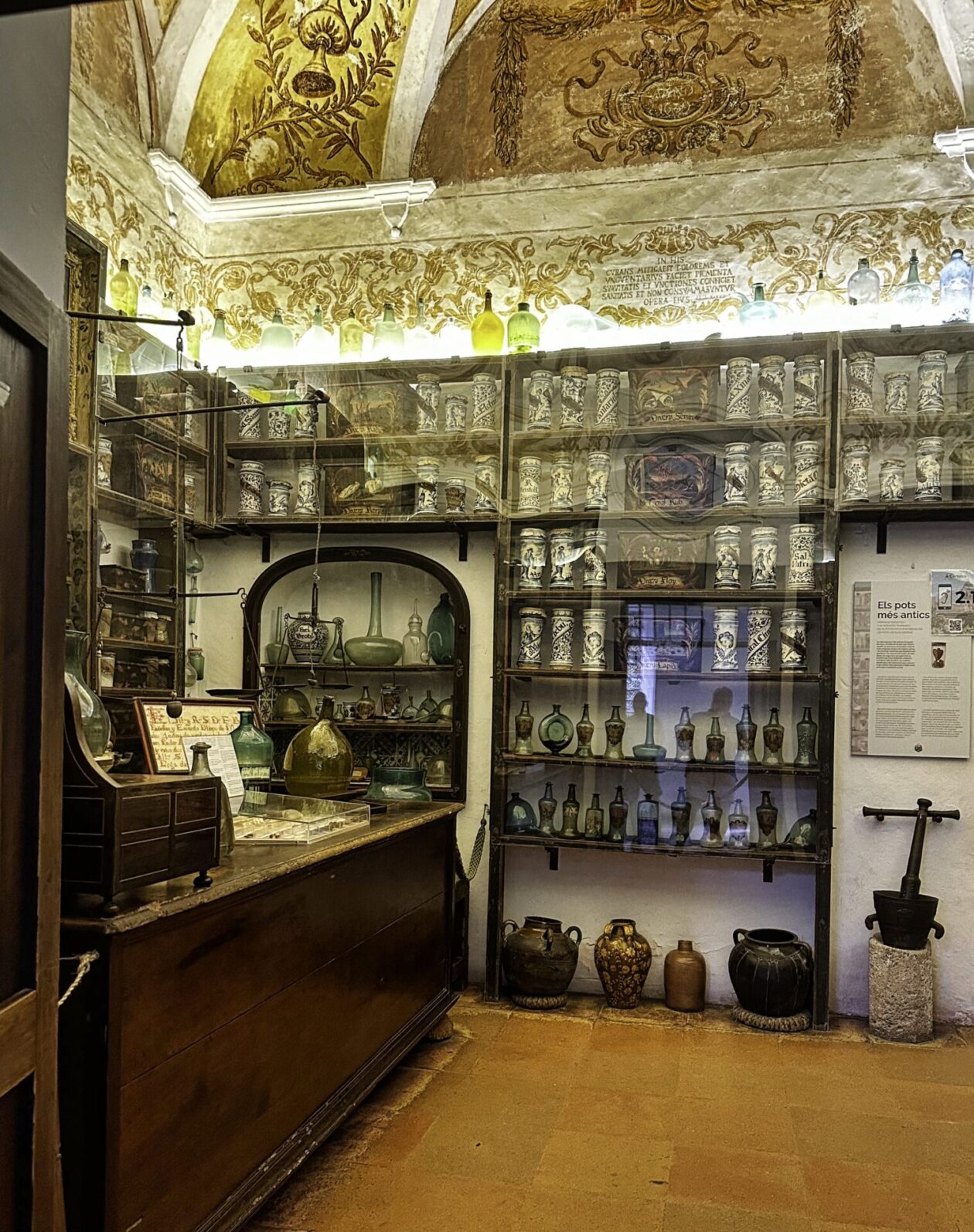

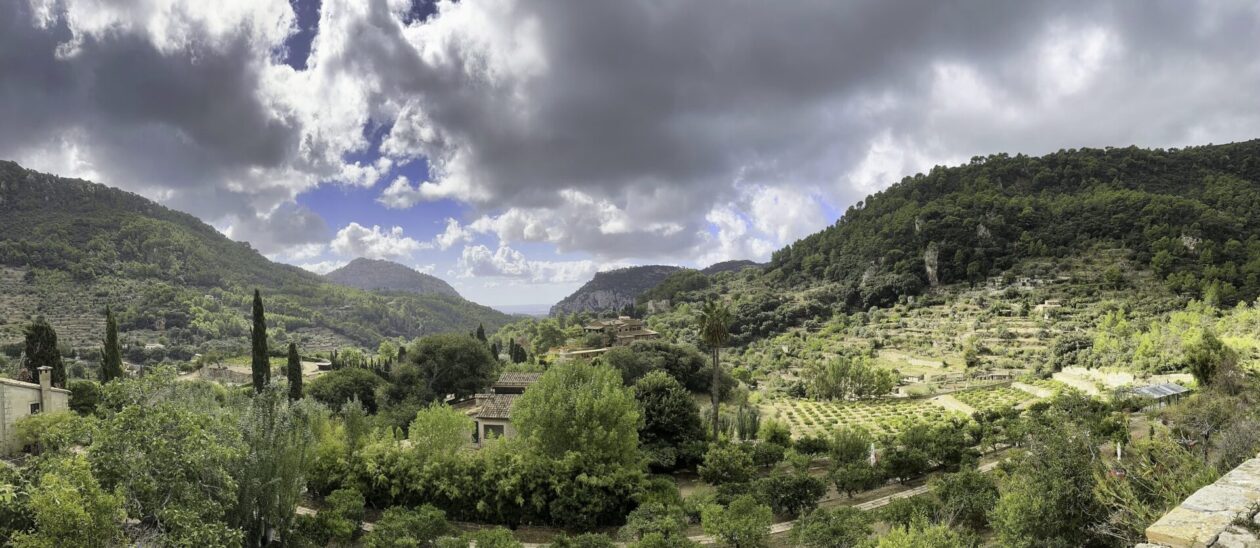
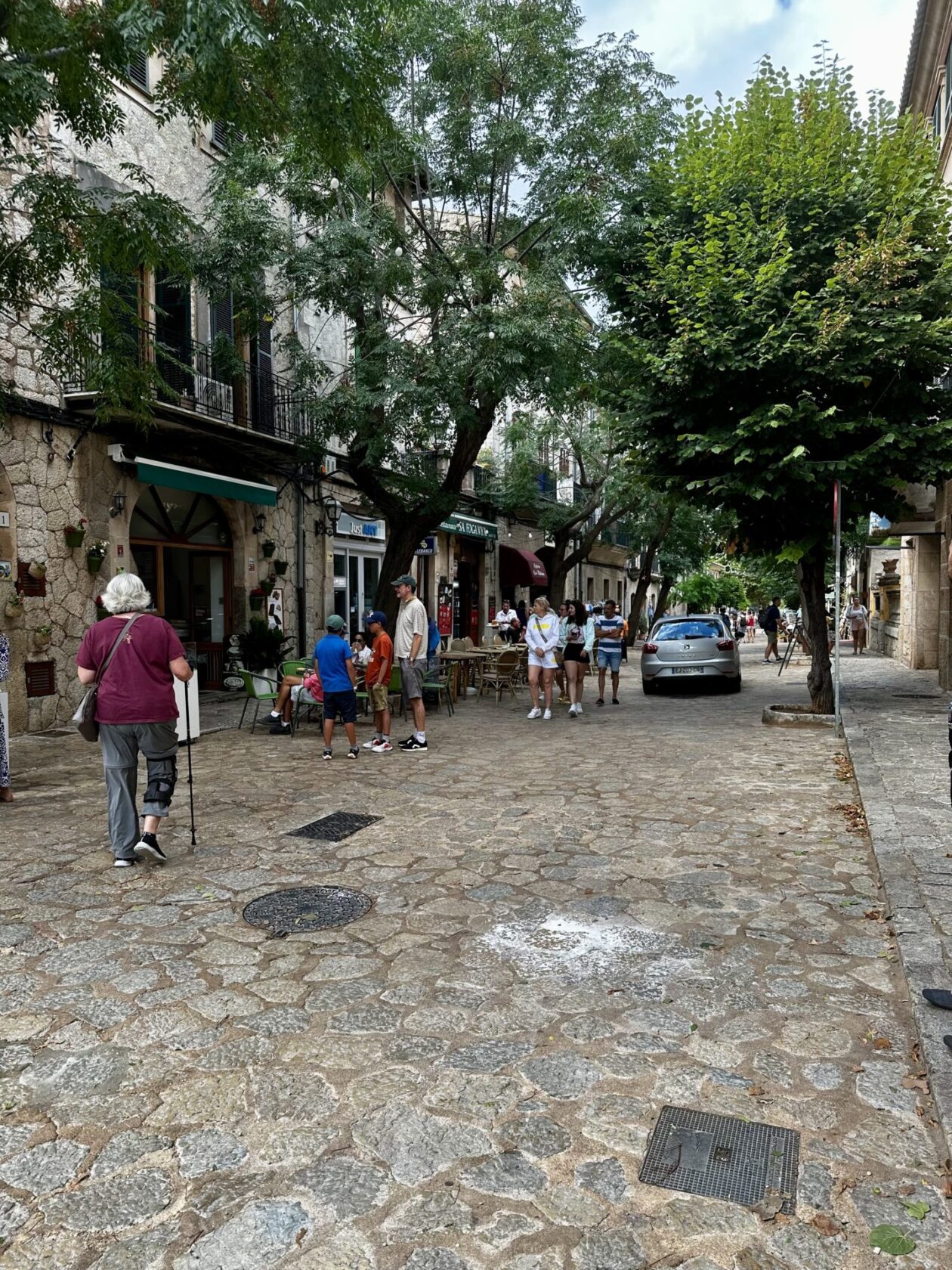
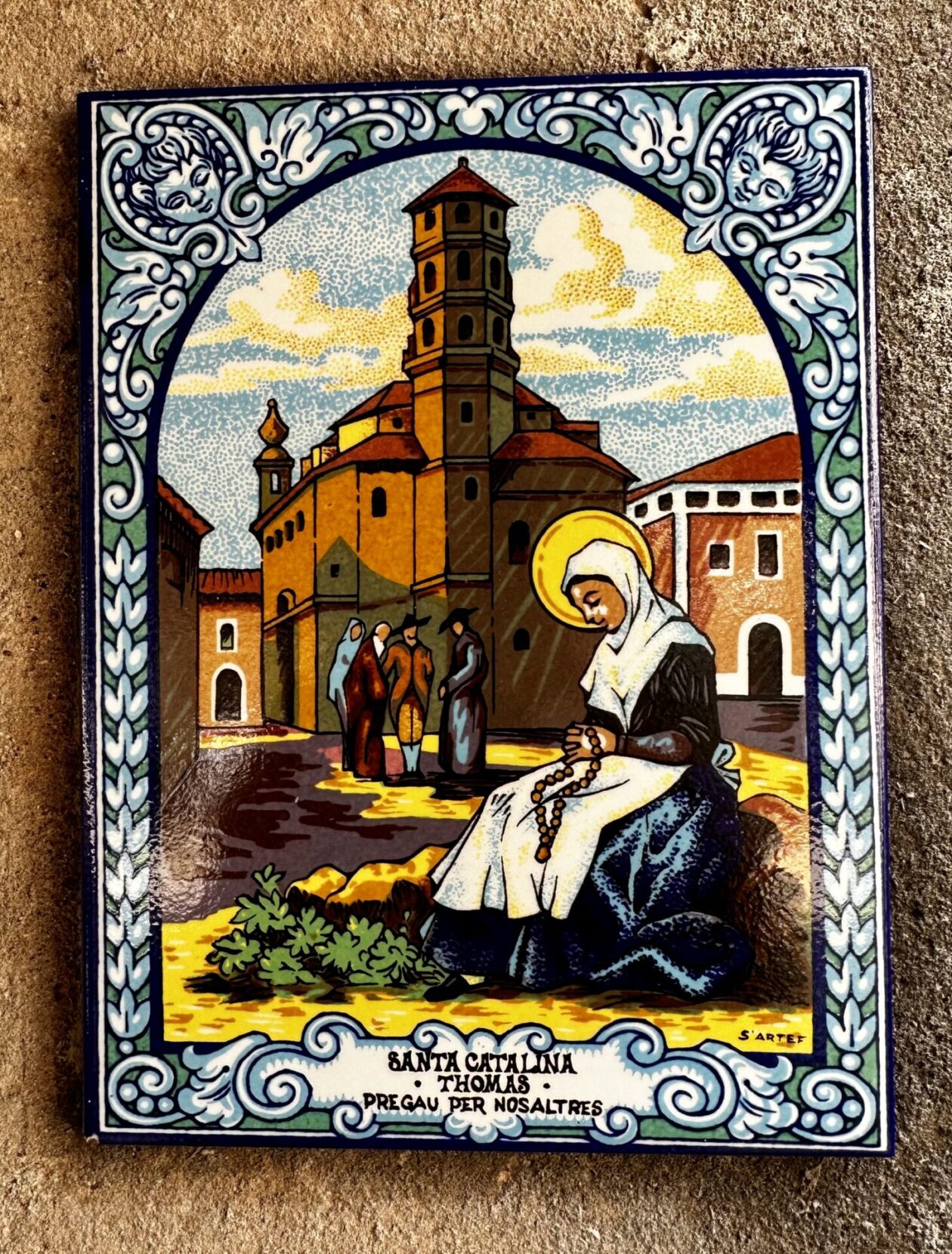
From there, we were off to Son Marroig, the rocky, northern coast of the island. While not heavily populated, a number of large estates were created there. Along the way, Archduke Luis Salvador of Austria started buying up large properties in the area, redeveloping and selling them, and thus started attracting tourists from all over Europe to the area.
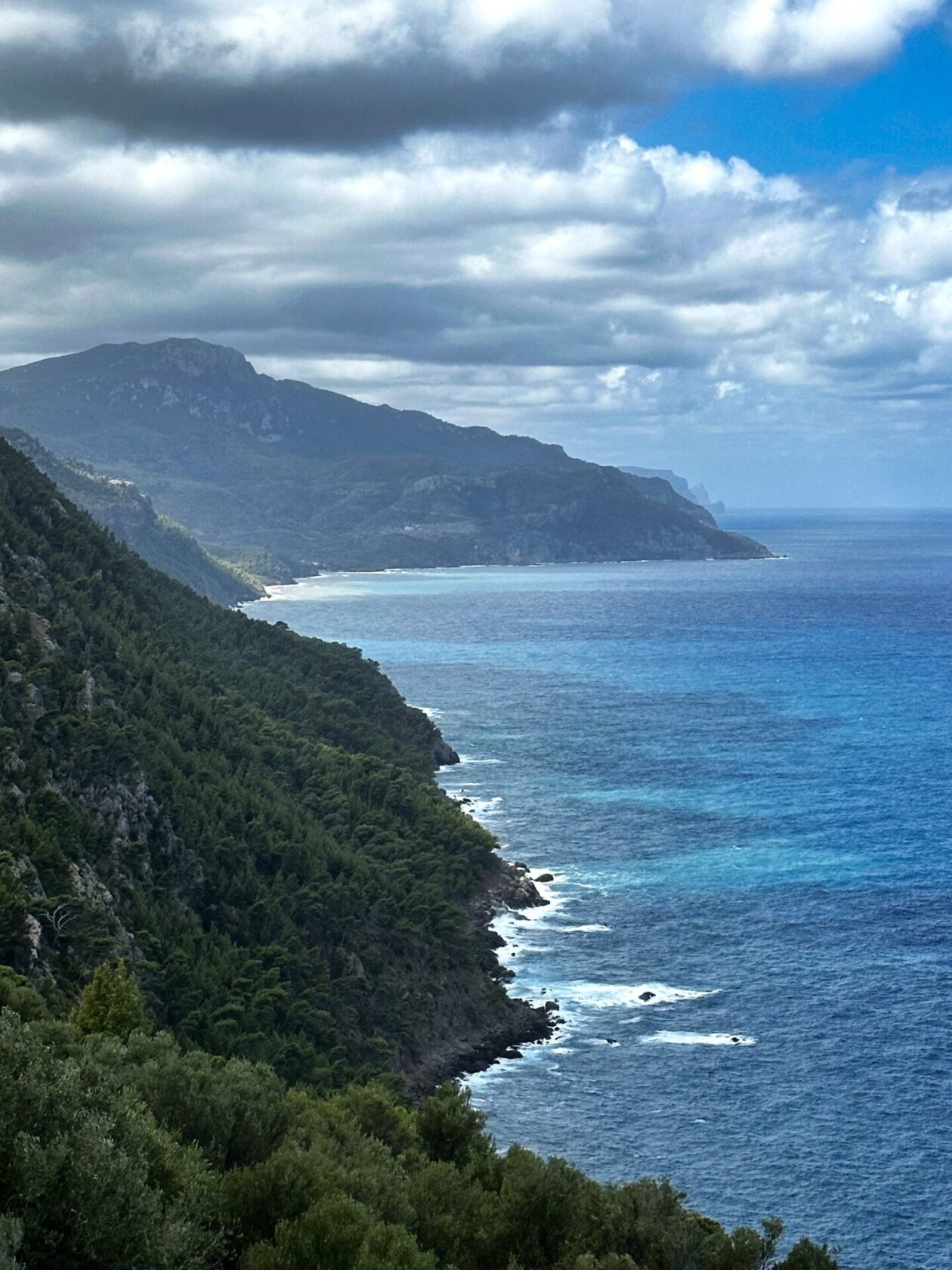
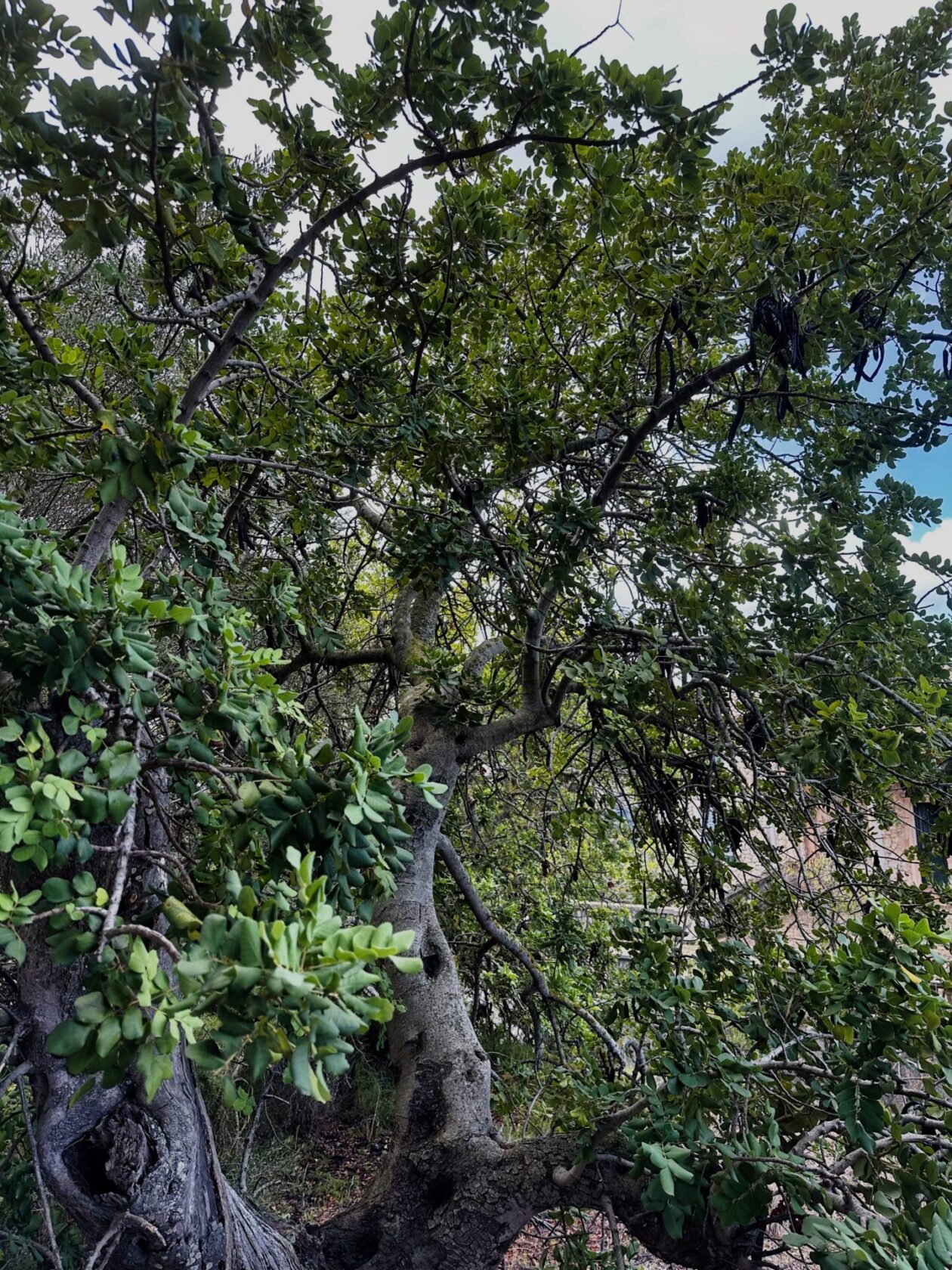
We then headed up to the little town of Deia, a small village that started to become popular with expatriates from Germany, England, and the US after World War I. This area became a magnet for famous artists and writers of time and the village developed an artistic vibe that continues to this day. As a haven for hippies in the 1960s, the village was also seen as somewhat avant garde, attracting jet setters from all around Europe and the US. Richard Branson started buying up property and converting it into high end hotels and resorts. At one of those (La Residencia — apparently a favorite of Tom Hanks), we enjoyed lunch made up of all the specialties of the region. It was a pleasant afternoon of sipping wine and tasting a variety of local delicacies. On our way back to the ship, we did a “drive by” through Palma and learned some of the history there. After our afternoon of indulging, we didn’t give the city the attention it deserved. There’s always next time!
